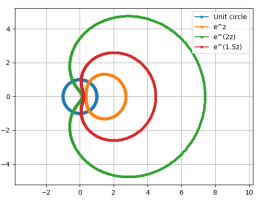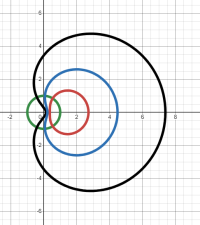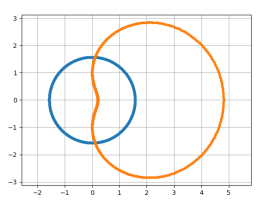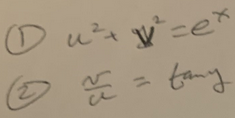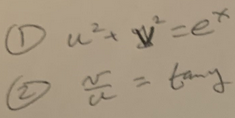You are awesome professor Dave.Close, but not quite. You have most of the pieces, but not assembled correctly.
What are the real and imaginary parts of [imath]e^{x(t) + \text{i}y(t)}[/imath], if [imath] x(t) = \frac{\pi}{2}\cos t[/imath] and [imath] y(t) = \frac{\pi}{2}\sin t[/imath]?
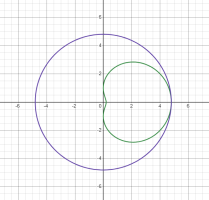
I know that parametrization is very basic, but the way how you noticed that the annulus sketch of the OP was wrong is super. I have always thought that transforming circles under [imath]e^z[/imath] gives annulus with inner radius [imath]e^{-r}[/imath] and outer radius [imath]e^r[/imath] where [imath]r[/imath] is the radius of the disk.
This makes me wondering what the heck the analysis of [imath]e^{-\frac{\pi}{2}} \leq |w| \leq e^{\frac{\pi}{2}}[/imath] even means????!!!
Professor Steven example in the OP was so beautiful and it showed how may someone get wrong easily when he thinks that he was always right. I hope that professor Steven caught his error and thanks a lot Dr.Peterson.


